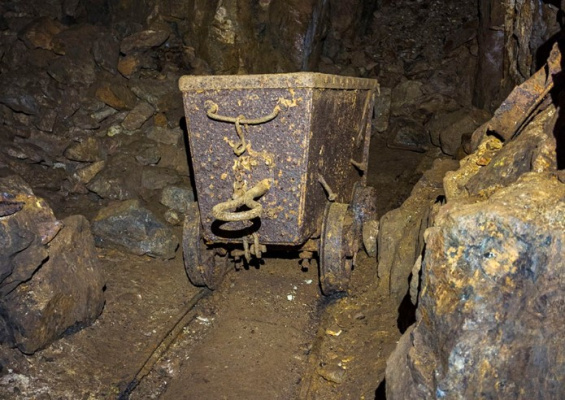
on 30/05/2023
Tin mining is a significant industry that has played a crucial role in the development of civilizations throughout history. The extraction of tin, a malleable and versatile metal, has had various impacts on economies, trade, and technological advancements. This article delves into the fascinating history of tin mining, from its early origins to its modern-day significance.
The origins of tin mining can be traced back to ancient civilizations. One of the earliest records of tin mining dates back to the Bronze Age, around 3000 BCE, when it was discovered that combining tin with copper produced a stronger metal known as bronze. This discovery revolutionized toolmaking and weaponry, leading to advancements in agriculture, warfare, and trade.
One of the notable early tin mining regions was Cornwall, in present-day England. The tin mines in Cornwall were active as early as 2000 BCE, making it one of the oldest mining regions in the world. The Cornish tin mines played a crucial role in supplying tin to various civilizations across Europe, contributing to the prosperity and development of these societies.
The demand for tin grew significantly during the Roman Empire, as it was used for various applications such as coinage, utensils, and construction materials. The Romans established extensive mining operations in Cornwall and other regions, using advanced techniques such as hydraulic mining to extract tin ore.
During the Middle Ages, tin mining expanded to other parts of Europe, including Germany, Spain, and the Scandinavian countries. The Hanseatic League, a medieval trading alliance, played a crucial role in facilitating the trade of tin across Europe, further fueling the growth of the tin mining industry.
The Age of Exploration in the 15th and 16th centuries brought European powers to new lands rich in natural resources, including tin. European colonial powers established mining operations in Southeast Asia, particularly in regions such as present-day Indonesia, Malaysia, and Myanmar.
One of the significant impacts of colonial tin mining was the transformation of local societies and economies. The Dutch, British, and Portuguese established mining colonies and implemented systems to exploit the tin resources. This often led to the displacement of indigenous communities and the introduction of new technologies and mining practices.
The Industrial Revolution in the 18th and 19th centuries further accelerated the demand for tin. The development of steam-powered machinery and new extraction techniques, such as open-pit mining, enabled larger-scale production and increased efficiency in tin mining operations.
In the 20th century, the tin mining industry experienced significant changes due to technological advancements and geopolitical shifts. The discovery of rich tin deposits in Southeast Asian countries, such as Malaysia, Thailand, and Indonesia, led to these regions becoming major global producers of tin.
However, environmental concerns and the depletion of easily accessible deposits have presented challenges to the industry. Efforts have been made to implement sustainable mining practices, reduce environmental impacts, and promote responsible sourcing of tin.
Today, tin remains an essential metal in various industries, including electronics, soldering, packaging, and construction. It is widely used in the production of electronic devices, such as smartphones, tablets, and computers.
The history of tin mining is a testament to the integral role it has played in shaping human civilizations throughout time. From its early origins in the Bronze Age to its modern-day significance, tin mining has driven technological advancements, fueled trade, and contributed to economic growth. As the industry continues to evolve and face new challenges, sustainable practices and responsible sourcing will be essential for its long-term viability.
For more information on tin mining, you can visit the Wikipedia page on Tin Mining.